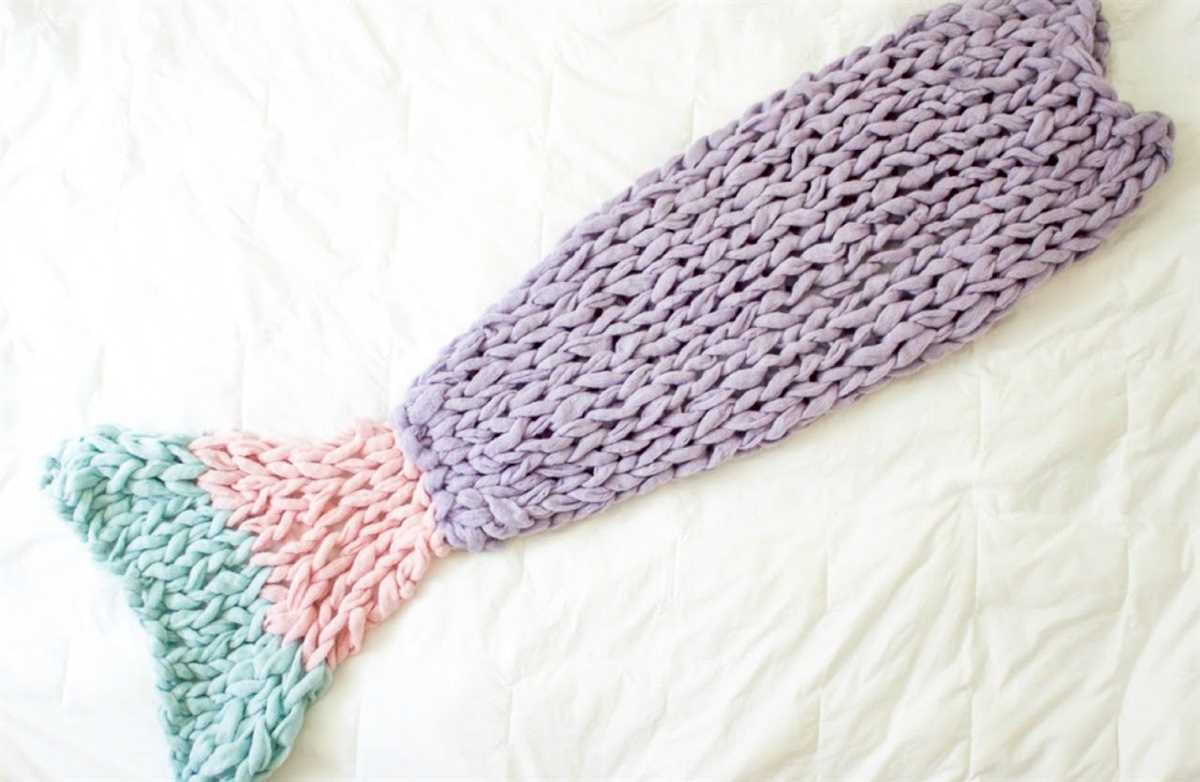
Finger knitting is a fun and easy way to create beautiful blankets without the need for knitting needles. With just your hands and a few simple steps, you can make a cozy and stylish blanket that will be the perfect addition to any home. Whether you’re a beginner or an experienced knitter, finger knitting is a technique that anyone can master. In this article, we will explore some finger knitting blanket patterns that are both beginner-friendly and more advanced, so you can find the perfect project to suit your skill level.
One of the most basic finger knitting blanket patterns is the garter stitch. This stitch is created by simply knitting each row, without any purl stitches. The result is a soft and squishy blanket with a lovely texture. The garter stitch is perfect for beginners who are just starting out with finger knitting, as it’s easy to learn and creates a beautiful finished product. You can choose to use a single color of yarn for a classic look, or experiment with different colors to create a unique and vibrant blanket.
If you’re looking for a more challenging finger knitting blanket pattern, the basket weave stitch is a great option. This stitch involves alternating between knitting and purling to create a textured pattern that resembles a woven basket. The basket weave stitch adds a touch of sophistication to your finger knitting projects and is sure to impress. To achieve this stitch, you will need to have a basic understanding of knit and purl stitches, making it a great project for intermediate finger knitters.
Another popular finger knitting blanket pattern is the seed stitch. This stitch is created by alternating between knitting and purling, but with a slightly different pattern than the basket weave. The result is a blanket with a beautiful texture that is reminiscent of scattered seeds, hence the name. The seed stitch is a versatile pattern that can be used with any type of yarn, making it a great choice for finger knitters of all skill levels. Whether you choose a chunky yarn for a cozy winter blanket or a lightweight yarn for a summer throw, the seed stitch will add an extra layer of comfort and style to your home.
Finger Knitting Blanket Patterns
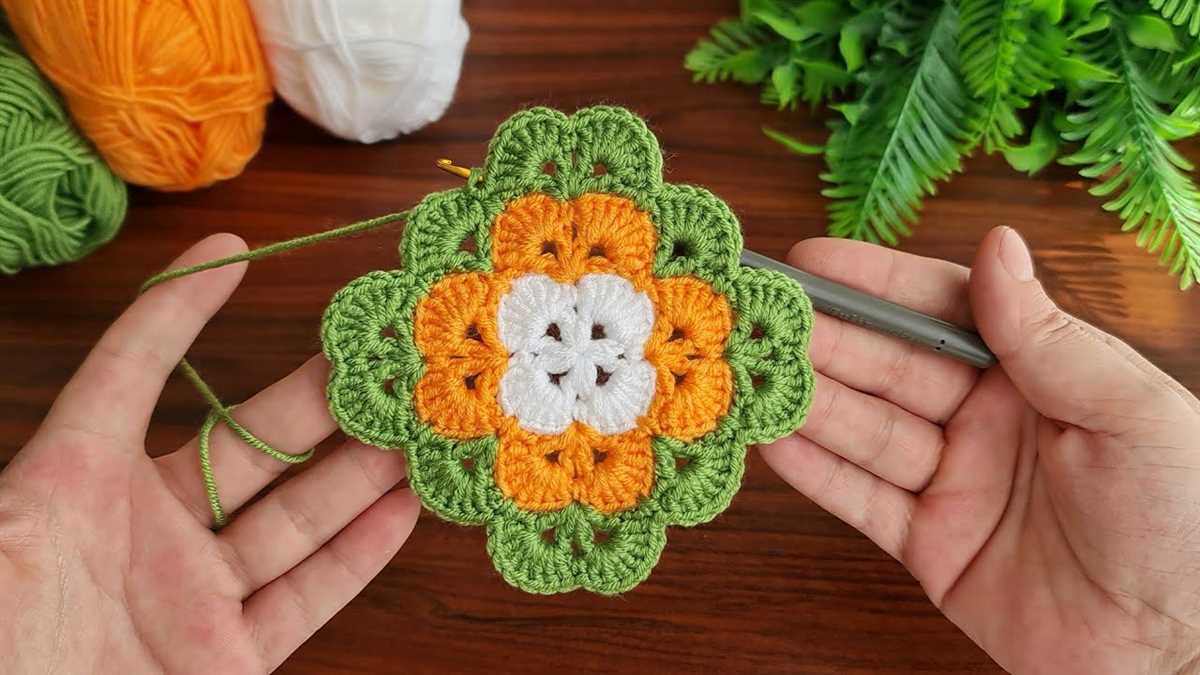
Blankets are essential items that provide warmth and comfort. Finger knitting is a popular DIY technique that allows you to create beautiful and cozy blankets without the use of knitting needles. With just your fingers, some yarn, and a little bit of patience, you can create stunning blankets using various finger knitting techniques.
1. Basic Finger Knitting Blanket
One of the simplest patterns for a finger knitted blanket is the basic finger knitting technique. This pattern involves creating long chains with your fingers and connecting them together to form a blanket. You can use a single color of yarn or experiment with different colors to create a striped or multicolored blanket.
2. Chunky Finger Knitted Blanket
If you prefer a thicker and cozier blanket, you can try using chunky yarn for your finger knitting project. Chunky yarn creates a plush and textured blanket that is perfect for cuddling up on cold winter nights. You can choose a single color or mix and match different shades to create a visually interesting blanket.
3. Lace Finger Knitted Blanket
For a more delicate and feminine touch, you can try finger knitting a lace blanket. This pattern involves creating intricate lace patterns using the finger knitting technique. You can use a fine and lightweight yarn to create a delicate and airy blanket that is perfect for spring or summer.
4. Patchwork Finger Knitted Blanket
If you love the look of patchwork quilts, you can recreate that style using finger knitting. This pattern involves finger knitting smaller squares or rectangles and stitching them together to form a patchwork blanket. You can create a unique and personalized design by using different colors and patterns for each square.
With these finger knitting blanket patterns, you can create beautiful and cozy blankets that are perfect for snuggling up on chilly days or adding a decorative touch to your home. So grab your yarn and get ready to enjoy the relaxing and creative process of finger knitting!
How to Get Started with Finger Knitting
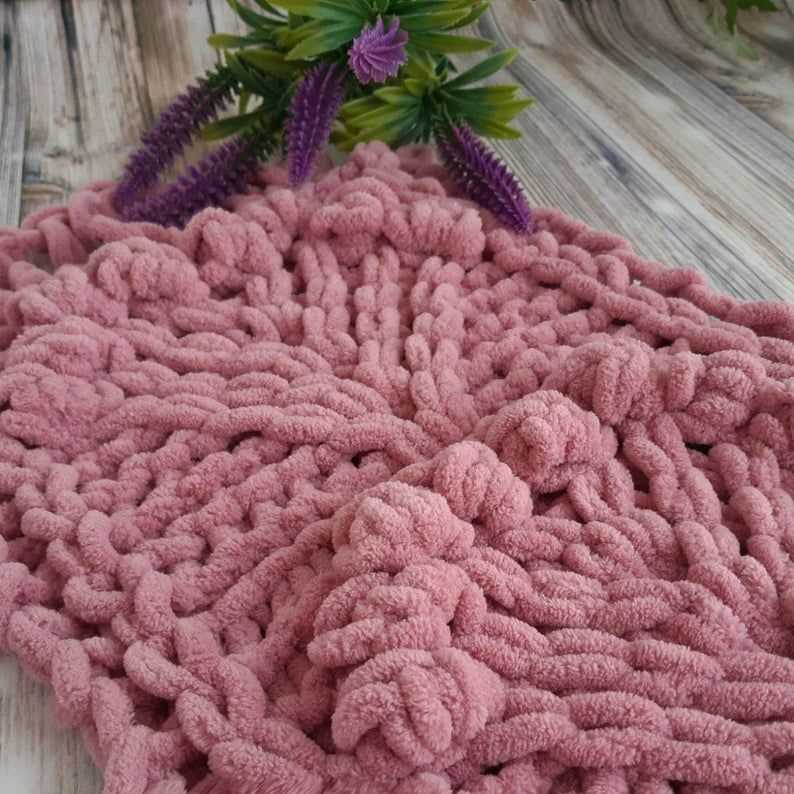
To begin finger knitting, you’ll need a ball of yarn in your desired color and weight. Choose a soft and easily manageable yarn, such as bulky or super bulky weight. Avoid yarns that are too thin or slippery, as they may be more difficult to work with.
Once you have your yarn, make a slip knot by creating a loop with the end of the yarn. Insert your finger through the loop and pull the yarn through, creating a knot. This will serve as the first stitch of your finger knitting project.
Next, place the slip knot on your thumb and hold it securely. Insert your other hand’s index finger through the loop of the slip knot. This will create a loop around your finger, which will become the second stitch.
Now, pull the working yarn through the loop on your finger, creating a new stitch. Slide the loop off your finger and pull it gently to tighten the stitch. Repeat this process with your other hand, alternating between fingers, to create a series of stitches.
Continue this process of creating stitches and sliding them off your fingers until you reach your desired length for your finger knitting project. You can create a small practice swatch or continue until you have enough stitches for a blanket or scarf.
Once you’ve finished finger knitting, you can bind off your stitches by sliding the last stitch off your finger and pulling the working yarn through it to secure it. Cut the yarn, leaving a tail, and weave the tail through the stitches to secure them.
With these basic steps, you’re ready to start finger knitting and create beautiful blankets and other projects. Experiment with different yarn colors and textures to create unique and cozy creations.
Choosing the Right Yarn for Finger Knitting Blankets
Finger knitting blankets can be a cozy and satisfying project to take on, but one of the most important aspects to consider is the type of yarn you choose. The right yarn can make all the difference in the final result of your blanket, so it’s important to choose wisely. Here are some factors to keep in mind when selecting yarn for finger knitting blankets:
1. Thickness or Weight:
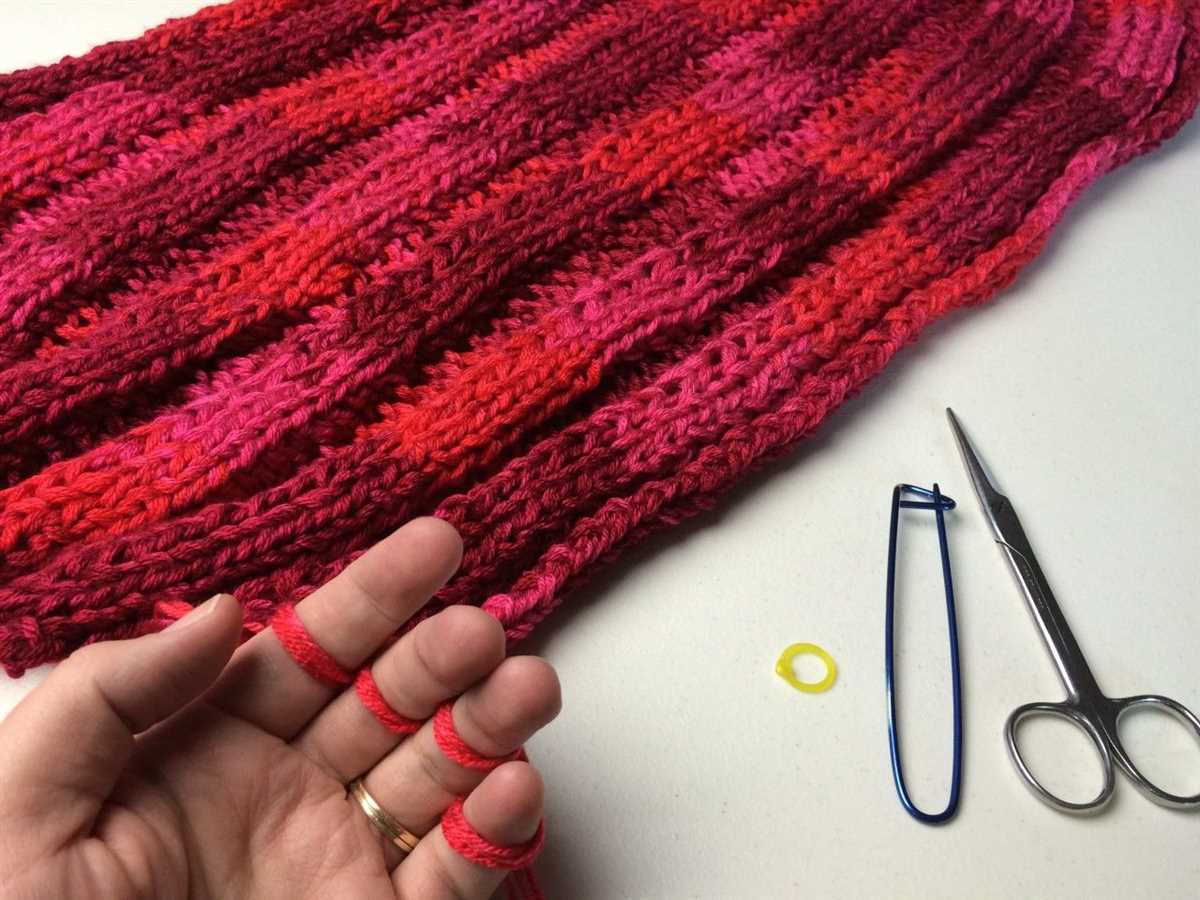
The thickness or weight of the yarn is crucial in determining the final look and feel of your finger knitted blanket. Chunky or bulky yarns are commonly used for finger knitting blankets as they create a thick and warm finished product. However, you can also experiment with different weights of yarn to achieve different textures and patterns.
2. Fiber Content:
Consider the fiber content of the yarn, as it will affect the comfort and durability of your finger knitted blanket. Natural fibers such as wool or cotton are popular choices for blankets as they provide warmth and breathability. Acrylic yarns, on the other hand, can be a more affordable option and offer a wider range of colors to choose from.
3. Color and Pattern:
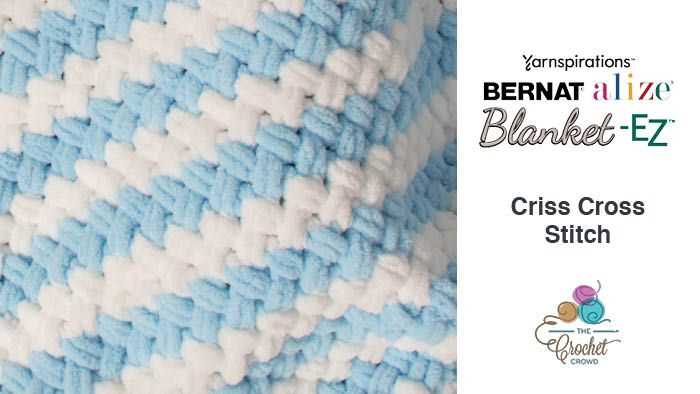
The color and pattern of the yarn will play a significant role in the overall aesthetic of your finger knitted blanket. Depending on your personal preferences and the style you’re going for, you can choose solid colors for a classic look, or variegated yarns to create interesting patterns and textures. Consider the intended use of the blanket and the colors that will complement your existing decor.
4. Quantity Needed:
Before purchasing your yarn, it’s important to estimate the quantity needed for your finger knitting blanket. The size and dimensions of your blanket will determine the amount of yarn required. It’s always better to have slightly more yarn than required to avoid running out mid-project.
5. Budget:
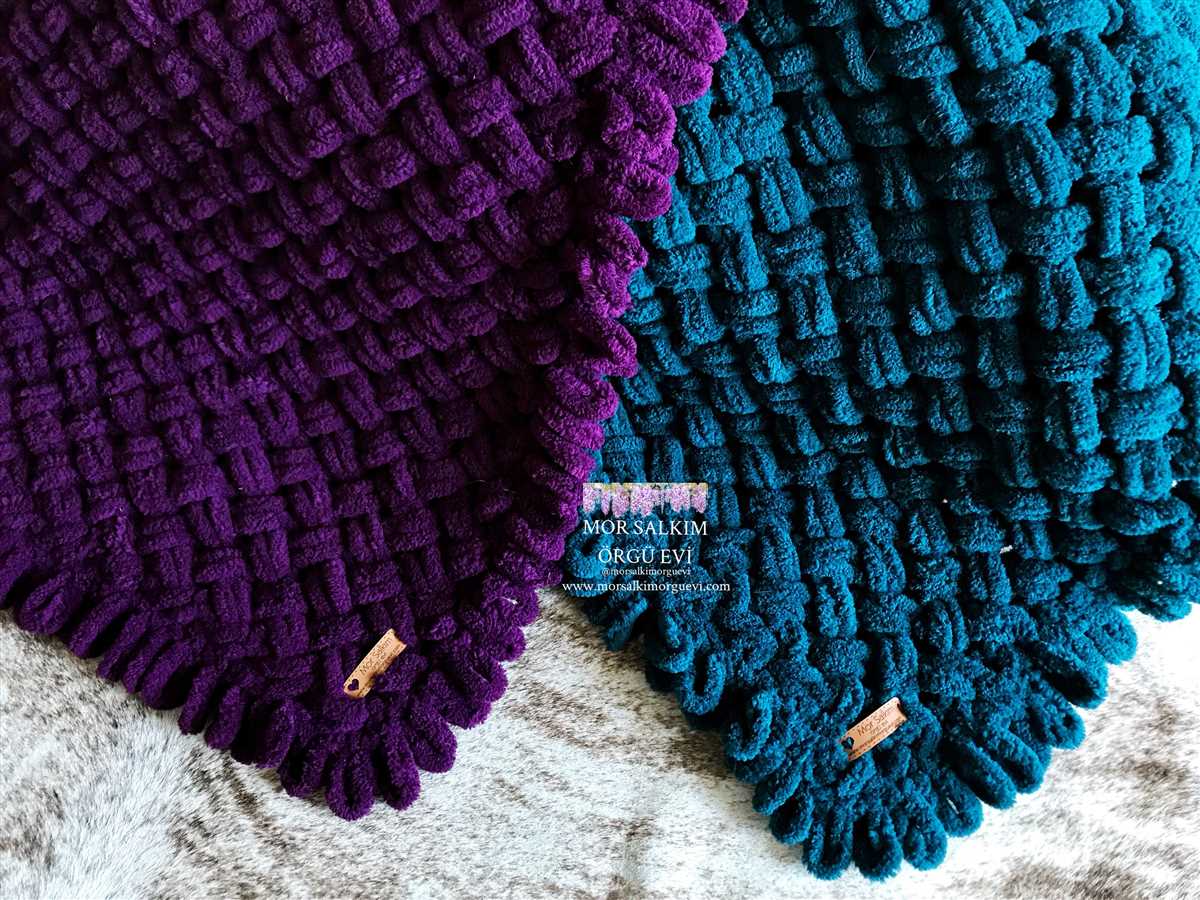
Lastly, consider your budget when choosing yarn for finger knitting blankets. Yarns vary in price depending on the brand, fiber content, and quality. Set a budget for your project and look for yarns that fit within that range. Remember, a more expensive yarn may not always be necessary, and you can still achieve great results with more affordable options.
With these considerations in mind, you can confidently select the right yarn for your finger knitting blankets and create cozy and beautiful additions to your home or as thoughtful gifts for loved ones.
Basic Finger Knitting Stitch Techniques
Finger knitting is a fun and easy way to create beautiful blankets without the need for knitting needles. With just your fingers and some yarn, you can create intricate and unique patterns. To get started with finger knitting, here are some basic stitch techniques to help you master this craft:
The Slip Knot:
The slip knot is the starting point for finger knitting. To make a slip knot, simply create a loop with the end of your yarn, leaving a tail. Pass the working end of the yarn through the loop, creating a new loop. Pull the working end to tighten the knot around your finger.
The Basic Stitch:
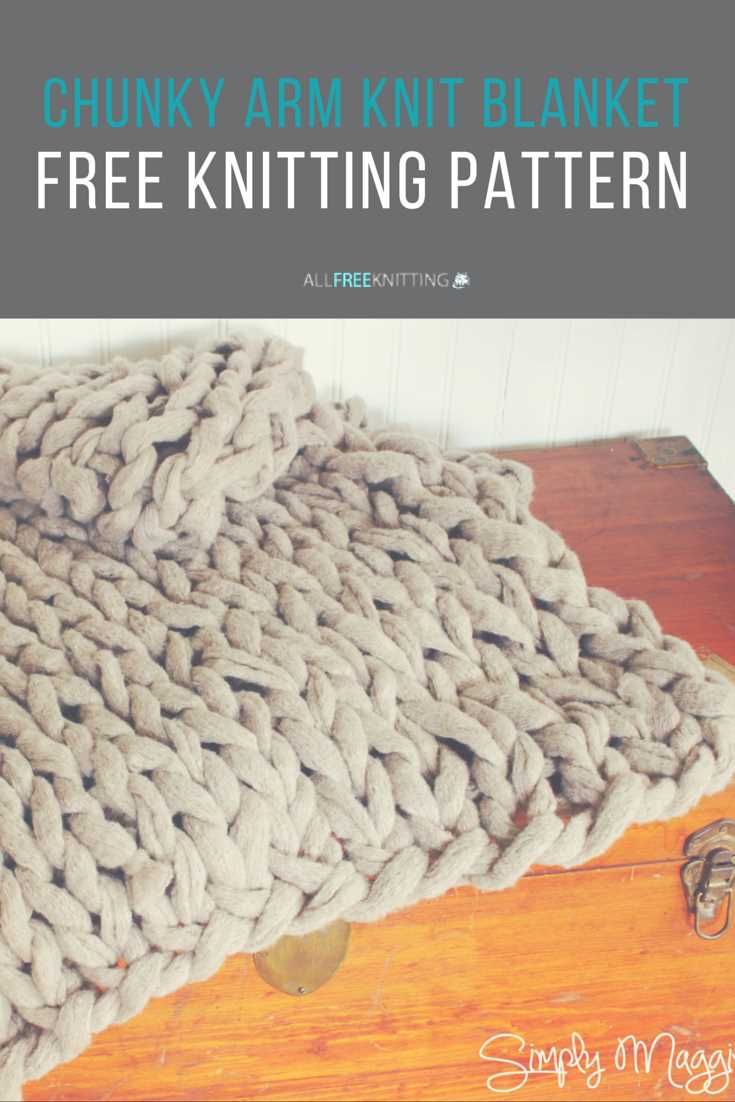
The basic stitch is the foundation of finger knitting. Start by inserting your hand through the slip knot, creating a loop around your finger. Take the working end of the yarn and cross it over the loop, forming an X. Insert your finger through the loop, grabbing the working end and pulling it through the loop. Give the yarn a gentle tug to tighten the stitch.
The Knit Stitch:
The knit stitch is a simple but versatile stitch. To create a knit stitch, insert your hand through the existing loop, creating a new loop around your finger. Take the working end of the yarn and cross it over the loop, forming an X. Insert your finger through the loop, grabbing the working end and pulling it through the loop. Give the yarn a gentle tug to tighten the stitch.
The Purl Stitch:
The purl stitch creates a different texture than the knit stitch. To purl, insert your hand through the existing loop, creating a new loop around your finger. Take the working end of the yarn and cross it under the loop, forming a half circle. Insert your finger through the loop, grabbing the working end and pulling it through the loop. Give the yarn a gentle tug to tighten the stitch.
These basic finger knitting stitch techniques will help you get started on your finger knitting journey. With practice, you can create beautiful blankets and other projects using these simple stitches. Experiment with different yarn weights and colors to create unique patterns and designs.
Simple Finger Knitting Blanket Pattern for Beginners
Are you new to finger knitting and looking for a simple and easy project to start with? Look no further! This finger knitting blanket pattern is perfect for beginners and will help you practice the basic techniques while creating a cozy and stylish blanket.
To get started, all you need is some chunky yarn in your desired color and your fingers! No knitting needles or crochet hooks required. Simply follow these steps:
- Casting on: Start by creating a slipknot with a long tail. Slide the slipknot onto your index finger and tighten it. Insert your thumb through the loop created by the tail and tighten again, creating your first stitch. Continue this process until you have the desired number of stitches on your fingers.
- Knitting: With the yarn in front of your fingers, use your free hand to pull the lower loop over the upper loop and off your fingers. The lower loop will now be on top of your finger. Repeat this process for each stitch until you reach the end of the row.
- Continuing the rows: To start a new row, simply flip your hand over so that the working yarn is now in front of your fingers. Repeat the knitting process for each stitch until you have completed the desired number of rows.
- Binding off: Once you have reached the desired length for your blanket, you can bind off by knitting two stitches, then pulling the first stitch over the second stitch and off your finger. Continue this process until you have bound off all stitches. Cut the yarn, leaving a long tail, and pull the tail through the last stitch to secure it.
With this simple finger knitting blanket pattern, you’ll be able to create a beautiful and functional blanket in no time. Experiment with different yarn colors and textures to make it unique to your style. Happy finger knitting!
Advanced Finger Knitting Techniques for Intricate Designs
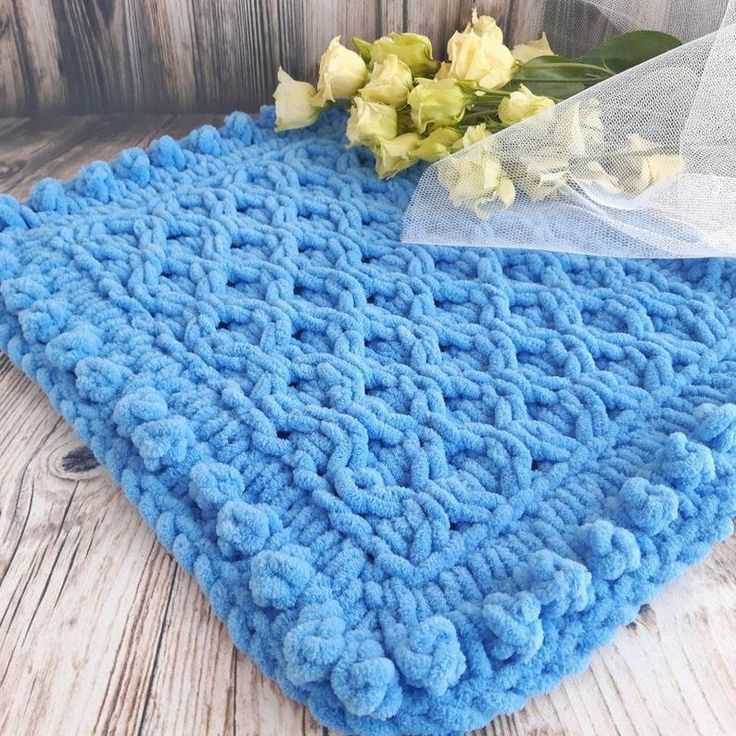
If you’re ready to take your finger knitting skills to the next level and create intricate designs, there are several advanced techniques you can try. These techniques will add depth and complexity to your finger knitting projects, allowing you to create stunning blankets and other items.
1. Cable Stitch
The cable stitch is a popular technique in traditional knitting, but it can also be adapted for finger knitting. To create a cable stitch, you will need to cross the working yarn over itself, creating a twist in the fabric. This twist adds texture and dimension to your finger knitting project, giving it a more intricate look.
2. Lace Stitch
The lace stitch is another technique that can be translated from traditional knitting to finger knitting. To achieve a lace stitch, you will create deliberate holes in the fabric by increasing and decreasing stitches in specific patterns. This technique creates a delicate and intricate design that is perfect for blankets or shawls.
3. Colorwork
Adding colorwork to your finger knitting projects can also create intricate designs. You can incorporate multiple colors into your fabric by using different yarns or by switching yarn colors as you work. This technique allows you to create complex patterns and designs, making your finger knitting projects visually stunning.
4. Intarsia
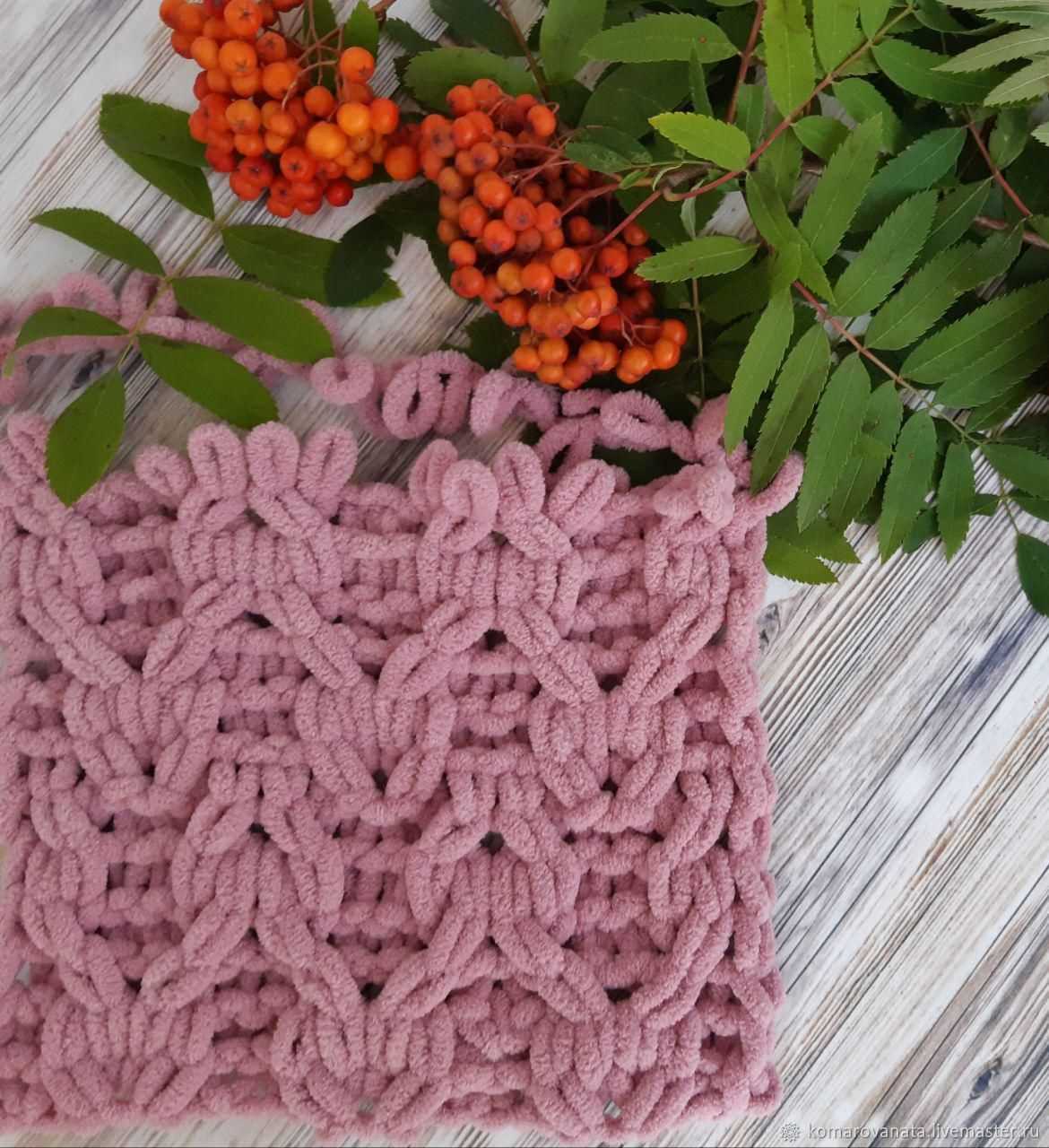
Intarsia is a technique that involves using different colors of yarn to create large, block-like designs within your finger knitting project. This technique requires careful planning and stitch placement to ensure that the different colors are worked in the right sections. With intarsia, you can create intricate pictures or patterns in your finger knitting projects.
5. Double-Knitting
Double-knitting is a technique where you knit with two strands of yarn at the same time, creating a double-sided fabric with a design on each side. This technique allows you to create complex colorwork and intricate patterns on both sides of your finger knitting project. It requires advanced finger knitting skills and concentration, but the results are well worth the effort.
By incorporating these advanced finger knitting techniques into your projects, you can elevate your designs to a whole new level of intricacy. Whether you choose to experiment with cable stitches, lace stitches, colorwork, intarsia, or double-knitting, each technique offers its own unique challenges and rewards. So grab your yarn and get ready to create stunning finger knitting blankets and other items!
Finger Knitting Blanket Patterns for Babies
Finger knitting is a wonderful way to create cozy and soft blankets for babies. It is a simple and enjoyable technique that allows you to create beautiful and unique designs with just your fingers. Whether you are a beginner or an experienced knitter, there are various finger knitting blanket patterns that you can try for babies.
1. Basic Garter Stitch Blanket
A basic garter stitch blanket is a great pattern for beginners. It involves knitting every stitch in every row, resulting in a textured and squishy blanket. You can choose a soft and gentle yarn, perfect for wrapping a newborn baby in warmth and comfort.
2. Striped Blanket
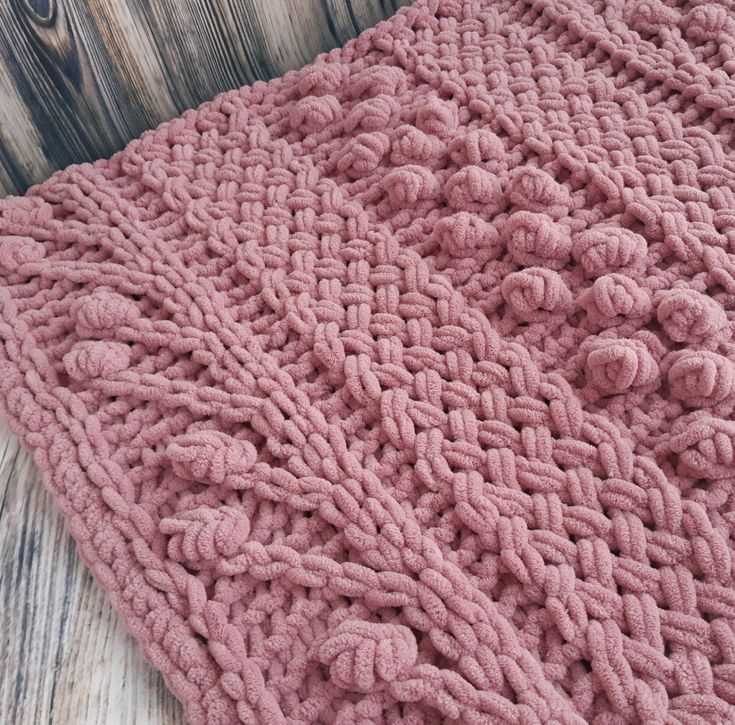
A striped blanket is a fun and colorful option for babies. You can use different colors of yarn to create wide or narrow stripes, depending on your preference. This pattern allows you to experiment with different color combinations and showcase your creativity.
3. Ripple Blanket
A ripple blanket is an eye-catching pattern that adds a touch of elegance to any baby’s nursery. This pattern creates a gentle ripple effect using increases and decreases in the stitches. You can choose soft pastel colors or vibrant shades to make the blanket truly stand out.
4. Lace Blanket
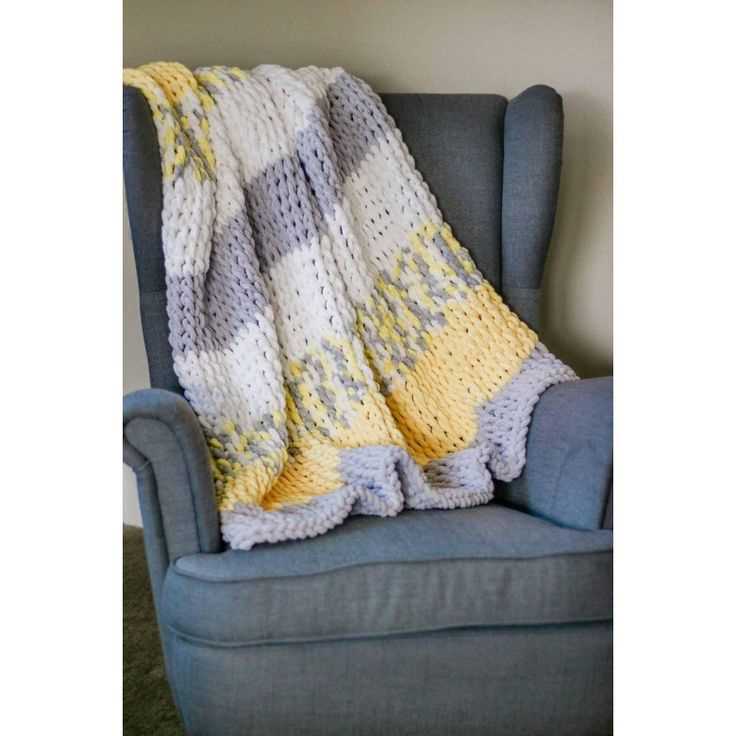
A lace blanket is a delicate and intricate pattern that adds a touch of sophistication to any baby’s crib. This pattern involves creating beautiful lace patterns using yarn overs and decreases. It is perfect for those who enjoy more complex knitting techniques and want to create a stunning heirloom piece.
Finger knitting allows you to create personalized and meaningful blankets for babies. Whether you prefer a simple garter stitch or a more intricate lace pattern, there are endless possibilities to explore. The joy of finger knitting lies in the process of creating something special with your own hands, and these blanket patterns are a perfect way to do so.
Finger Knitting Blanket Patterns for Children
When it comes to children, finger knitting can be a fun and engaging activity that helps them develop their motor skills and creativity. Making a blanket using finger knitting techniques can be a great way to introduce them to the world of knitting. There are various finger knitting blanket patterns available that are specifically designed for children, making the process easier and more enjoyable for them.
1. Striped Blanket
A popular finger knitting pattern for children’s blankets is the striped blanket. This pattern involves knitting different colored strips and then joining them together to create a vibrant and colorful blanket. Children can choose their favorite colors and create patterns of their own, making each blanket unique and personalized.
2. Animal-themed Blanket
Another fun option for children is the animal-themed blanket pattern. This pattern involves knitting different animal shapes, such as cats, dogs, or rabbits, and then joining them together to form a blanket. Children can have fun creating their favorite animals and using their imagination to bring the blanket to life.
3. Alphabet Blanket
For children who are learning the alphabet, an alphabet blanket pattern can be a great educational tool. This pattern involves knitting different squares, each representing a letter of the alphabet, and then joining them together to form a blanket. Children can practice their alphabet skills while also creating a cozy and personalized blanket.
In conclusion, finger knitting blanket patterns for children offer a fun and interactive way for them to explore the world of knitting. Whether it’s creating a striped blanket, an animal-themed blanket, or an alphabet blanket, children can develop their motor skills, creativity, and learn new concepts while enjoying the process of knitting their own blanket.
Finger Knitting Blanket Patterns for Adults
Finger knitting can be a fun and relaxing activity for adults, and making a blanket is a perfect project to undertake. There are numerous finger knitting blanket patterns available that can help you create a warm and cozy blanket for yourself or as a gift for someone special. These patterns are easy to follow, even for beginners, and produce beautiful and unique results.
One popular finger knitting blanket pattern for adults is the “Chunky Cable Blanket.” Using thick and bulky yarn, you can easily create a blanket with a textured cable design. This pattern is perfect for those who want a chunky and warm blanket that will also add a touch of elegance to their home decor. The finished blanket will be both practical and stylish.
Another finger knitting blanket pattern to consider is the “Colorblock Throw.” This pattern allows you to experiment with different colors and create a vibrant and eye-catching blanket. By alternating colors, you can achieve a modern and playful design. This pattern is great for those who want to add a pop of color to their living space or bedroom.
- For those who prefer a more classic and timeless look, the “Lace Edge Blanket” pattern is a perfect choice. This pattern includes a delicate lace border that adds a feminine and elegant touch to the blanket. It is a great option for those who want to create a blanket that is not only cozy but also visually appealing.
- If you are looking for a quick and easy finger knitting project, the “Striped Blanket” pattern is a great option. This pattern involves knitting stripes using different colors, allowing you to create a simple yet visually interesting blanket. Plus, you can customize the size and width of the stripes to suit your preference.
When choosing a finger knitting blanket pattern, it’s important to consider your skill level and the style you want to achieve. Whether you prefer a chunky and cozy blanket or a more delicate and intricate design, there is a finger knitting pattern out there for you. So grab your yarn and start knitting your very own adult-sized blanket today!
Adding Embellishments to Finger Knitting Blankets
When it comes to finger knitting blankets, there are endless possibilities for adding embellishments to make your creation even more unique and personalized. From simple pom-poms to intricate embroidery, the options are as limitless as your imagination.
Pom-poms: One of the easiest ways to add flair to your finger knitting blanket is by attaching pom-poms to the corners or edges. You can use a pompom maker or create them by hand using yarn and a cardboard template. Experiment with different sizes and colors to create a playful and whimsical effect.
Embroidery: Embroidery can add a delicate and intricate touch to your finger knitting blanket. You can stitch on names, patterns, or even images to make the blanket truly one-of-a-kind. Use contrasting or complementary colors to make your embroidery stand out and consider using different stitches to create texture and depth.
Tassels: Tassels are another fun and trendy way to embellish your finger knitting blanket. You can attach tassels to the corners or create a fringe along the edges. Play around with different lengths and colors to achieve the desired look. Tassels can add movement and visual interest to the blanket.
Buttons: Adding buttons to your finger knitting blanket can create a unique and functional embellishment. You can sew them onto the corners or use them as closures for a wrap-style blanket. Choose buttons in different shapes, sizes, and colors to complement the overall design of your blanket.
Appliques: Appliques are a great way to add a decorative element to your finger knitting blanket. You can create them using fabric or felt and then sew or glue them onto the blanket. Consider using appliques in the shape of flowers, animals, or other motifs that reflect your personal style.
Conclusion: Embellishing finger knitting blankets allows you to add your personal touch and make them truly unique. Whether you prefer a playful and whimsical look or a more intricate and detailed design, there are embellishment options to suit every style. So, let your creativity shine and have fun adding those finishing touches to your finger knitting blanket!
Tips and Tricks for Finishing and Caring for Finger Knitting Blankets
Finger knitting blankets can be a fun and satisfying project to complete, but it’s important to know how to properly finish and care for your creation to ensure its longevity. Here are some tips and tricks to help you achieve the best results:
1. Secure the Ends:
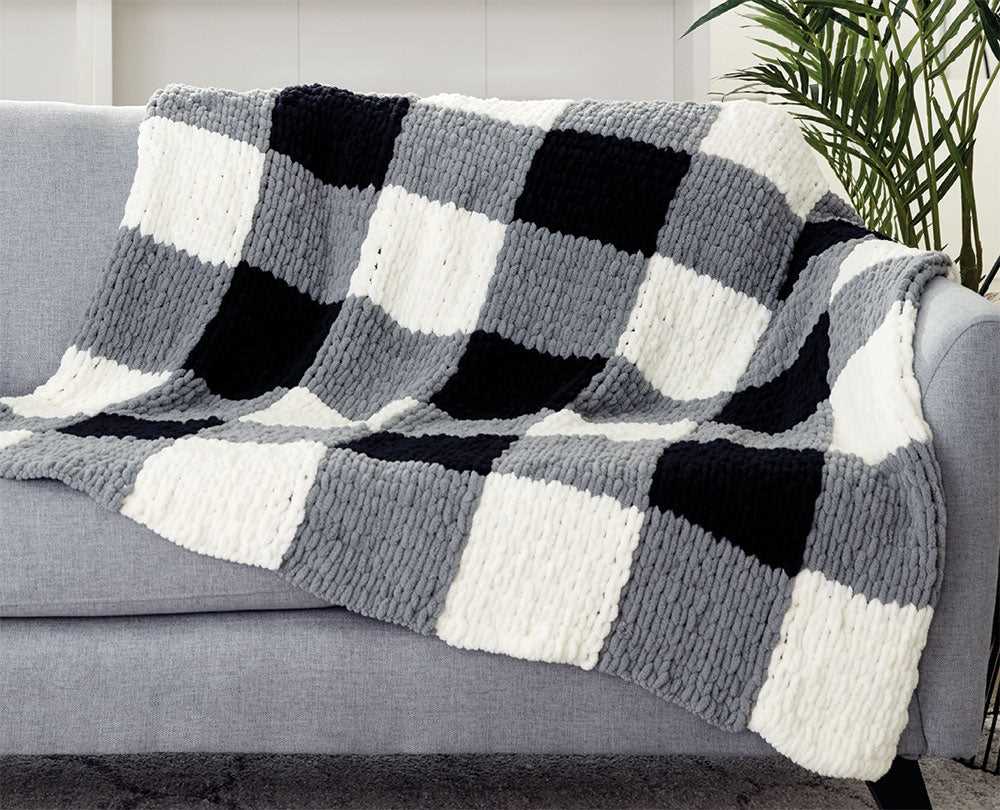
When you reach the desired length of your finger knitting blanket, make sure to secure the loose ends properly. You can use a tapestry needle to weave the ends back into the blanket, ensuring that they are hidden and won’t come undone with use.
2. Block the Blanket:
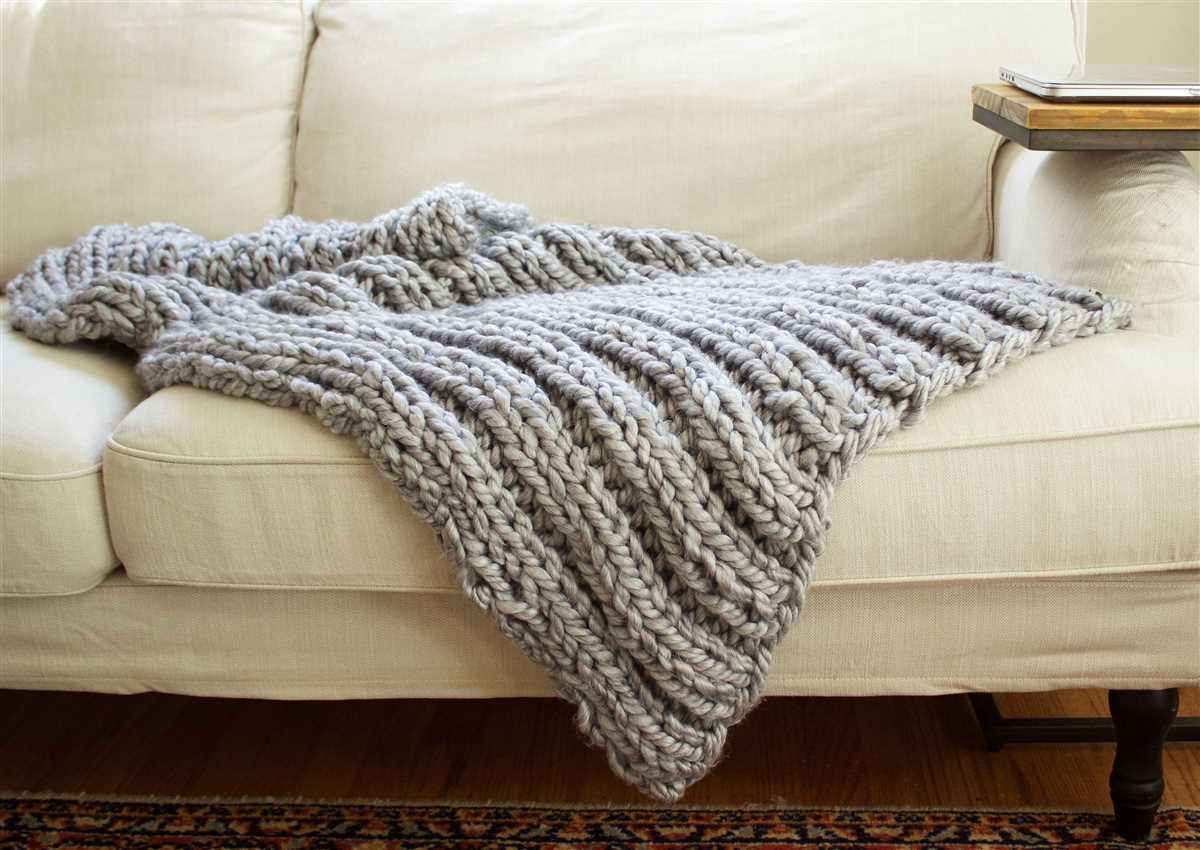
Blocking your finger knitting blanket can help give it a more polished and even appearance. To block, wet the blanket and lay it flat, gently stretching and shaping it to your desired dimensions. Leave it to dry completely before using or storing.
3. Store Properly:
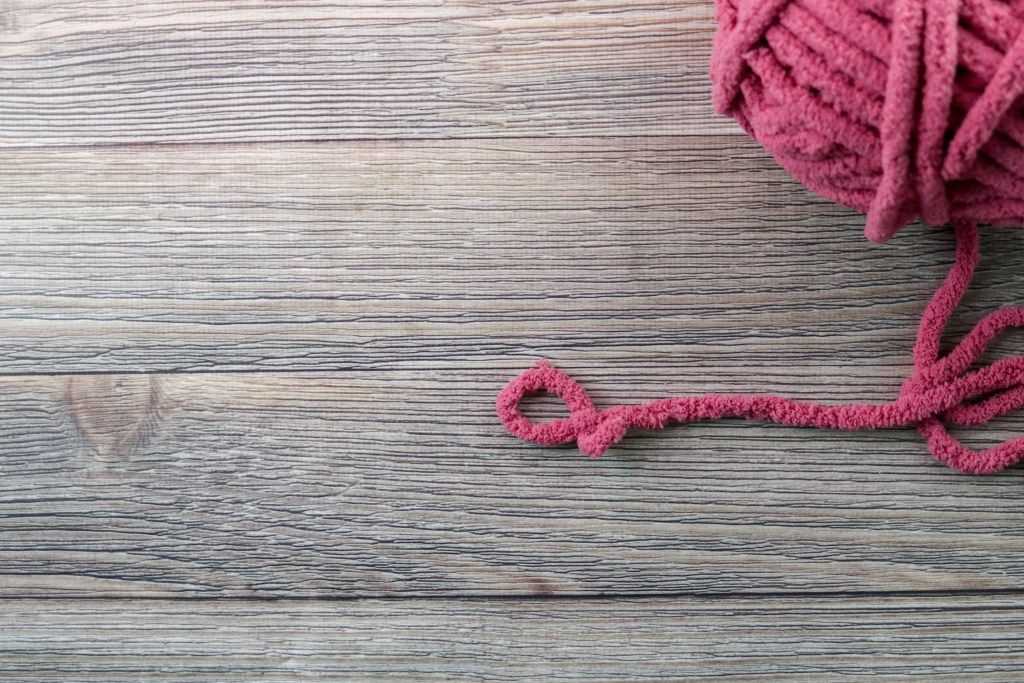
When not in use, it’s important to store your finger knitting blanket properly to protect it from dust, dirt, and pests. Fold the blanket neatly and place it in a clean, dry storage bag or container. Avoid storing it in areas with high humidity or where it may be exposed to direct sunlight.
4. Spot Clean:
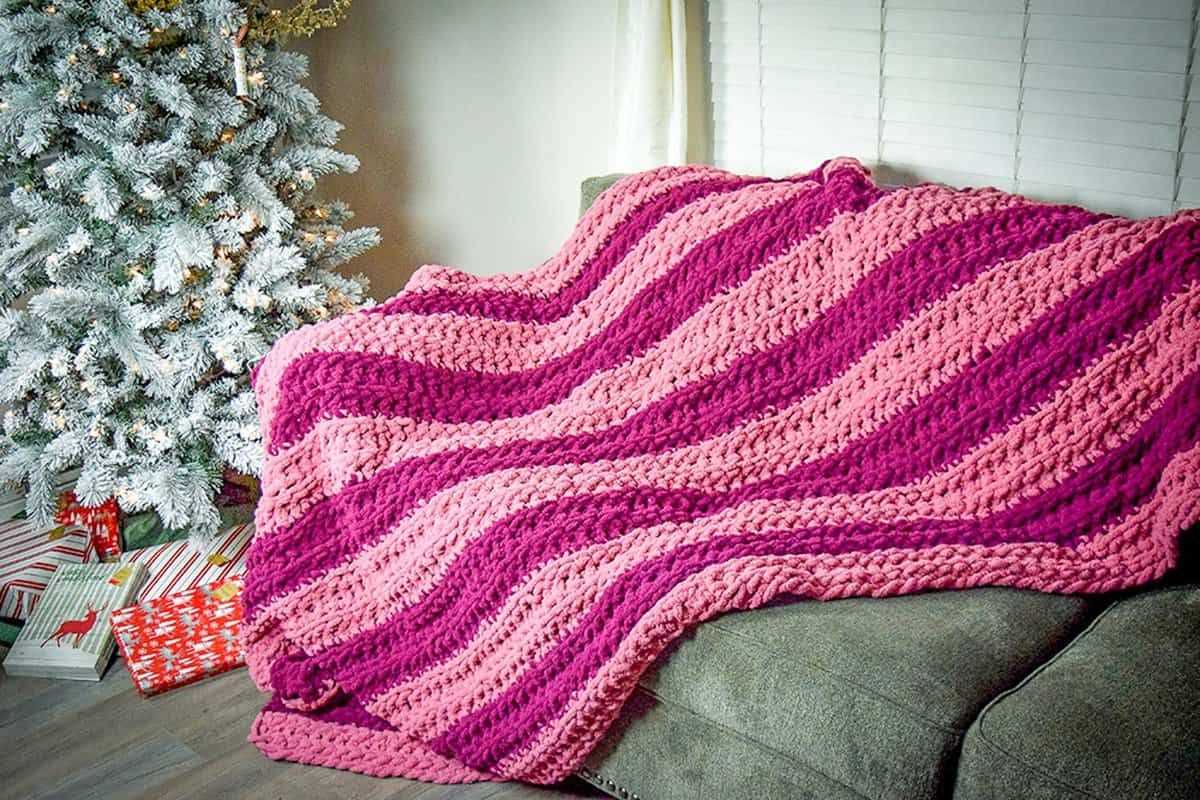
If your finger knitting blanket gets dirty, spot cleaning is the best way to remove stains without damaging the delicate yarn. Use a mild detergent or fabric cleaner and gently dab the affected area with a clean cloth or sponge. Avoid rubbing or scrubbing vigorously to prevent fraying or fuzzing of the yarn.
5. Handle with Care:
Finger knitting blankets can be quite delicate, so it’s important to handle them with care. Avoid pulling or stretching the blanket forcefully, as this can cause the yarn to break or lose its shape. Instead, gently fold and unfold the blanket when using it to minimize strain on the yarn.
- Ensure the loose ends are properly secured.
- Block the blanket for a polished appearance.
- Store the blanket in a clean, dry storage bag or container.
- Spot clean stains with a mild detergent or fabric cleaner.
- Handle the blanket with care to avoid damaging the yarn.
Finger Knitting Blanket Patterns for Different Seasons and Occasions
Finger knitting blankets are not only a cozy and practical addition to any home, but they can also be a fun and relaxing project to work on. Whether you’re looking for a warm and chunky blanket to snuggle up with during the colder months or a lightweight and airy throw for the summer, finger knitting offers endless possibilities. Here are some ideas for finger knitting blanket patterns for different seasons and occasions:
1. Chunky Winter Blanket
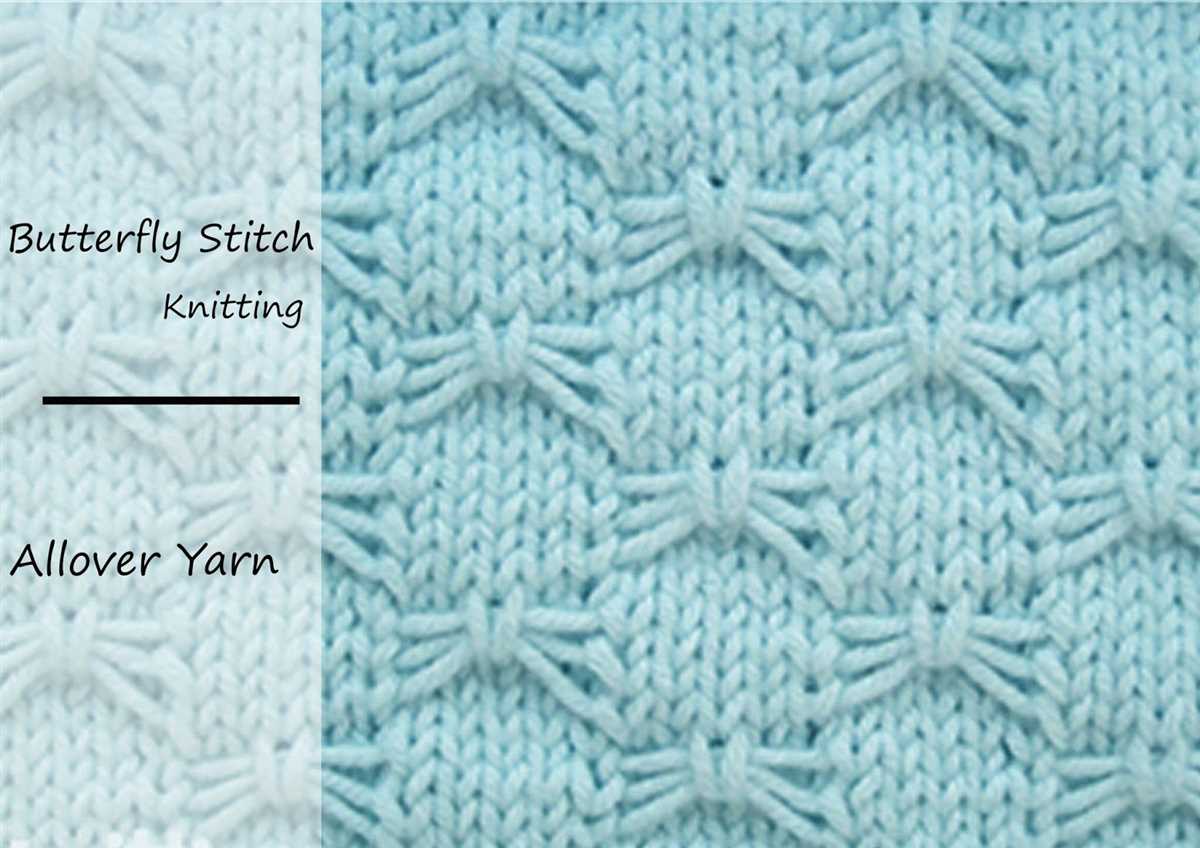
For those chilly winter nights, a chunky finger knitting blanket made with thick and cozy yarn is perfect for keeping warm. You can create a simple garter stitch blanket using multiple strands of yarn for added thickness and warmth. The textured pattern created by the garter stitch adds an extra touch of coziness.
2. Lightweight Summer Throw
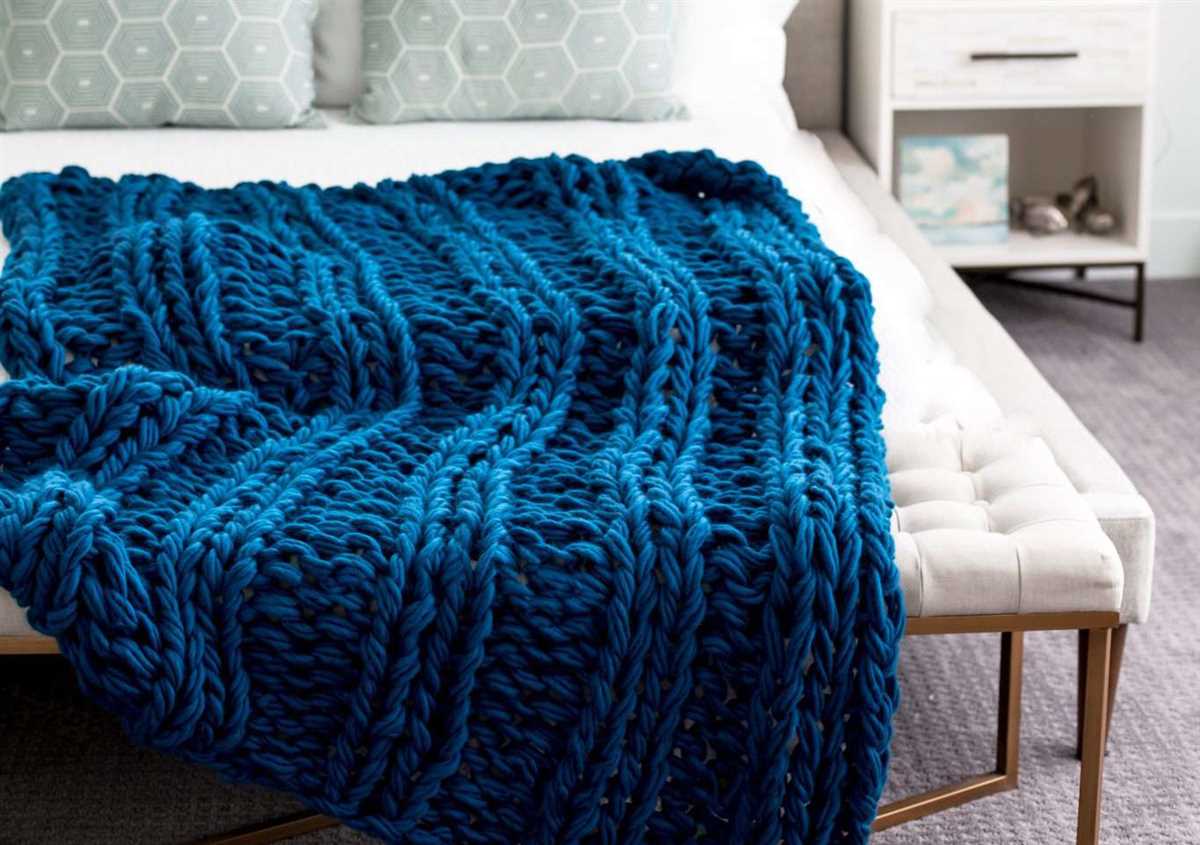
When the weather gets warmer, you may still want the comfort of a blanket without the heaviness. A lightweight finger knitting blanket made with a thinner yarn, such as cotton or bamboo, is ideal for summer. You can incorporate lace or eyelet patterns to add an airy and breathable quality to the blanket.
3. Wedding or Anniversary Gift
If you’re looking for a unique and sentimental gift for a wedding or anniversary, a finger knitting blanket can be a thoughtful choice. You can personalize the blanket by using the couple’s favorite colors or incorporating their initials or names into the design. A neutral or pastel color palette can complement any home decor style.
4. Baby Blanket
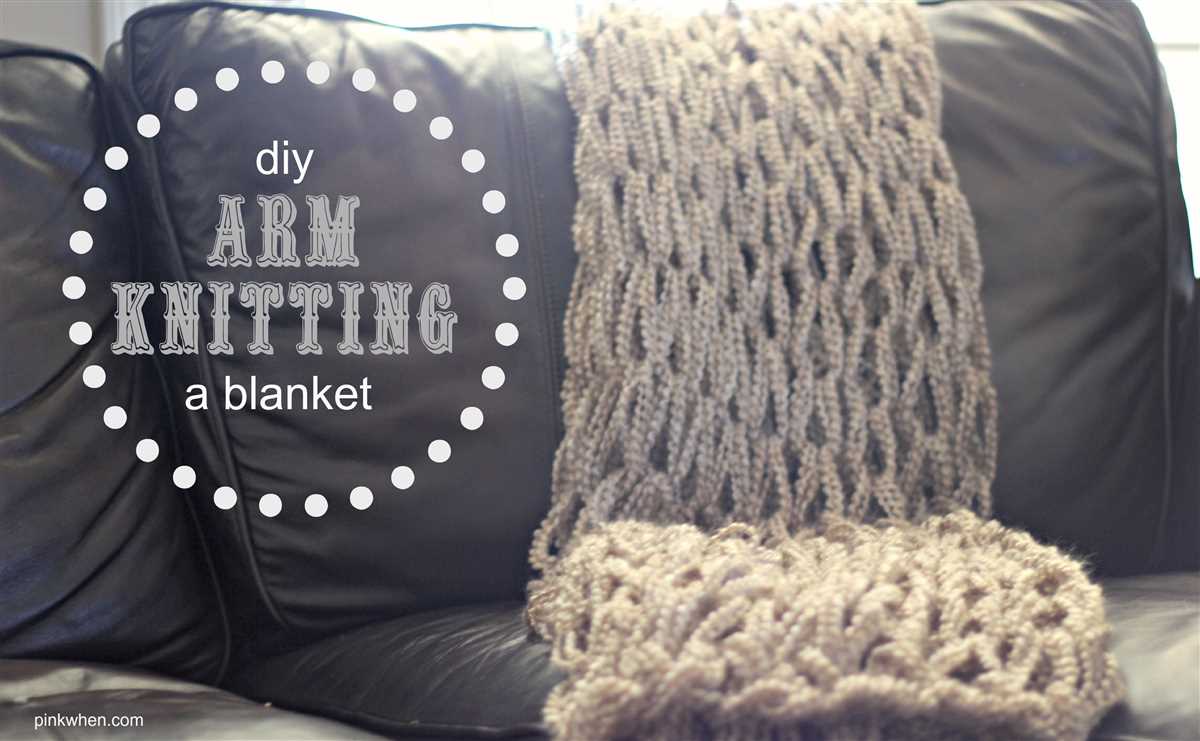
A finger knitting baby blanket is not only adorable but also a practical and cherished gift for new parents. You can create a simple blanket using soft and baby-friendly yarn. Consider adding a textured pattern or incorporating different colors to make it visually appealing for the little one.
5. Picnic Blanket
For outdoor picnics and beach trips, a finger knitting blanket can be a versatile and easy-to-carry option. Use durable and washable yarn to ensure it can withstand outdoor use. You can create a striped pattern using different colors or add tassels or fringe for a fun and playful touch.
In conclusion, finger knitting blankets offer a wide range of options for different seasons and occasions. Whether you’re looking for warmth during winter, lightweight comfort for summer, or personalized gifts for special occasions, finger knitting can help you create the perfect blanket. Get creative with colors, patterns, and yarn choices to make each blanket unique and special.